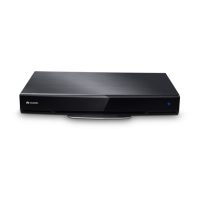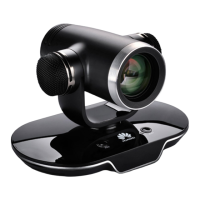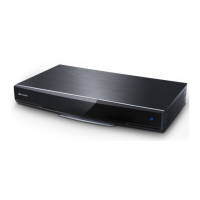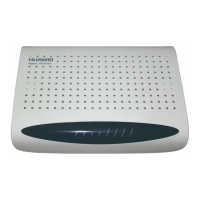HUAWEI TE40&TE50&TE60 Videoconferencing
Endpoint
Administrator Guide
Huawei Proprietary and Confidential
Copyright © Huawei Technologies Co., Ltd.
13.6 Setting Network Diagnostics Parameters
Correct settings on the ports used for diagnostics enable you to use a network diagnostics tool
to diagnose your endpoint using the ports.
Choose Advanced > Settings > Network > Network diagnostics. Set the network
diagnostics parameters described in Table 13-6.
You can use a network diagnostics tool to diagnose your endpoint only when the endpoint is not used in
any conferences.
Table 13-6 Network diagnostics parameters
Specifies whether to enable the
Registration, Admission and Status
(RAS) ports, H.323 call port, and
Session Initiation Protocol (SIP) port to
be used for network diagnostics.
The default value is Disable.
Specifies the port the network
diagnostics tool uses to receive and send
call signaling during communication
with your endpoint.
The default value is 1820.
Specifies the port your endpoint uses to
receive and send RAS signaling during
communication with the network
diagnostics tool.
The default value is 1819.
Specifies the port the network
diagnostics tool uses to receive and send
RAS signaling during communication
with your endpoint.
The default value is 1819.
Specifies the port your endpoint uses to
send SIP signaling during
communication with the network
diagnostics tool.
The default value is 5160.
Test network
after exiting
conference
Specifies whether to perform the ping
operation after your endpoint exits a
conference. Ping results are recorded in a
log.
The default value is Enable.
Log in to the web interface of the endpoint, choose System Settings > Network > Network diagnostics
to set Diagnostics tool user name and Diagnostics tool password. The default value of Diagnostics
tool user name and Diagnostics tool password are admin and Change_Me respectively.

